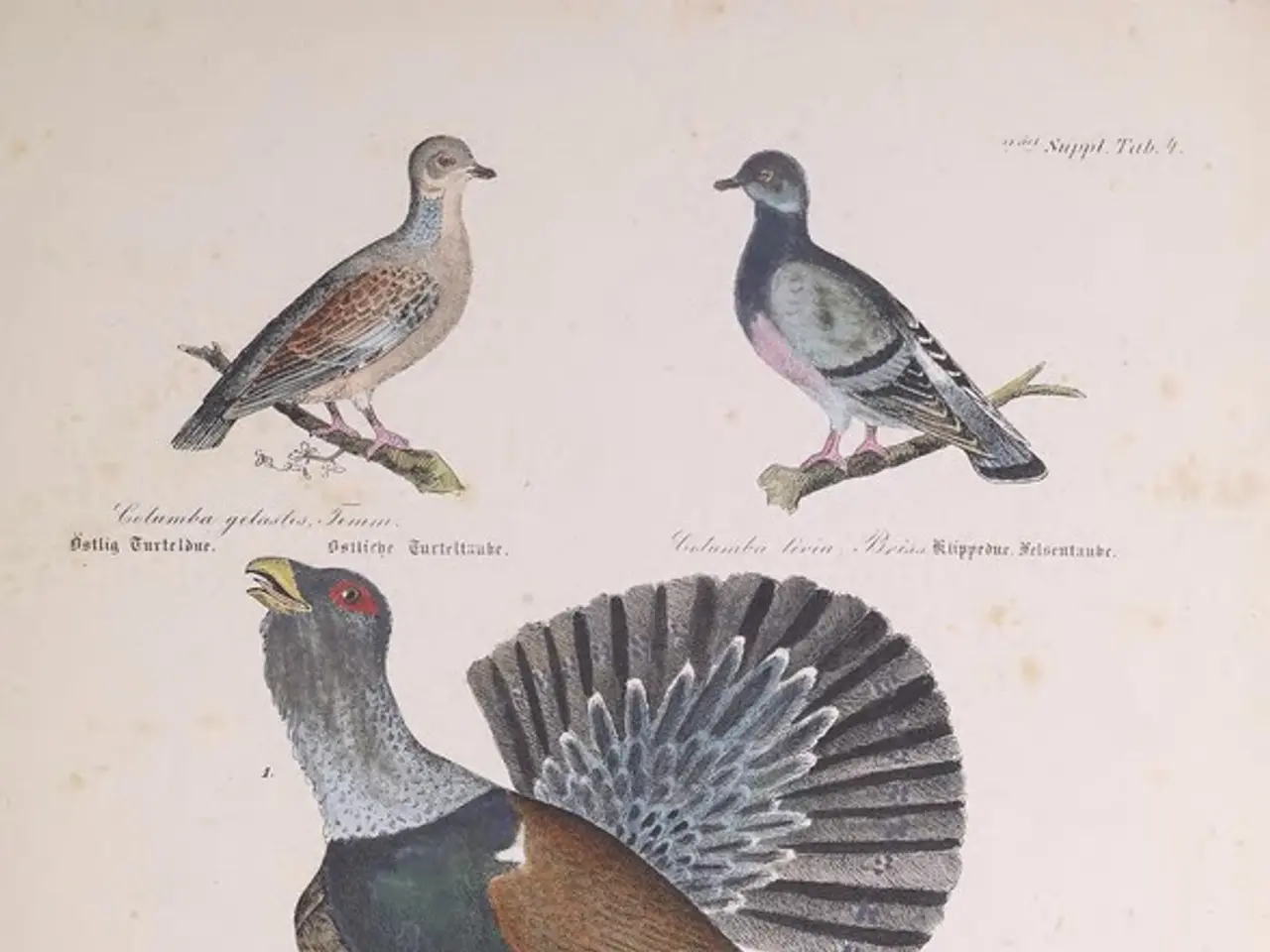Crows' Communication Skills Surprisingly Complex: Artificial Intelligence Suggests Corvid Chatter More Elaborate Than Previously Believed
In a groundbreaking study, researchers in Spain have utilised artificial intelligence (AI) to delve into the intricate world of crow communication, discovering a richer language system than previously thought. Through the use of sophisticated machine learning models, scientists have been able to classify crow calls by type, from alarm signals to feeding calls, and even infer the age of individual crows based on their vocalizations.
Key Findings
The research, carried out by a team led by Martínez, has uncovered a variety of crow calls that go beyond simple caws, identifying specific calls associated with different social contexts and behaviours. The AI models can interpret these calls to distinguish between alarm signals, feeding calls, and other social functions.
Another significant finding is the existence of regional dialects among crows, much like human languages. These dialects evolve and are passed down through generations, reflecting cultural transmission within groups and highlighting the complexity of crow communication. This dialectal variation suggests crows have a form of language culture that influences their interactions.
Furthermore, the study has revealed that vocal communication in crows coordinates social activities such as alarm responses, feeding, and possibly other social interactions. The AI analysis helps decode the number of individuals involved in a call, their identities, and their social roles, indicating intricate social structures linked to vocal signalling.
Implications and Future Directions
The integration of AI in analysing crow communication has unveiled a hidden world of linguistic complexity and social culture in crows native to Spain. This research advances the field towards the possibility of understanding and potentially translating animal language, reshaping how humans interact with wildlife.
However, while AI models can decode significant patterns and classify calls with some accuracy, complete translation of crow “language” remains a work in progress. The ethical implications of "speaking" to animals without their consent is also being considered.
For those interested in hearing the AI-analysed calls of crows, they can be found on YouTube under the title "Crow Conversations Unlocked."
Contributions and Fact-Checking
Suhail Ahmed, a digital professional and nature enthusiast, contributed to this article about animal communication. The article was fact-checked against peer-reviewed research and insights from avian behavior experts.
- This groundbreaking study, led by Martínez, has utilized AI to delve into the world of crow communication, revealing a richer language system than previously thought.
- The research has identified a range of crow calls associated with different social contexts and behaviors, including alarm signals, feeding calls, and other social functions.
- AI models can interpret these calls to distinguish between them, offering valuable insights into crow communication.
- A noteworthy finding is the existence of regional dialects among crows, much like human languages, which evolve and are passed down through generations.
- This dialectal variation suggests that crows have a form of language culture that influences their interactions, adding a layer of complexity to their communication.
- The study shows that vocal communication in crows coordinates social activities, helping decode the number of individuals involved, their identities, and their social roles, revealing intricate social structures.
- AI analysis could potentially reshape human-wildlife interactions by advanced our understanding of animal language.
- However, complete translation of crow "language" is a work in progress, and the ethical implications of "speaking" to animals are being considered.
- To hear the AI-analysed calls of crows, one can find them on YouTube under the title "Crow Conversations Unlocked," contributing to public education and awareness about wildlife biodiversity and conservation.




